Tequila: Not Just for Shots (But Shots Are Fun Too!)

When Life Gives You Lemons... Make a Tequila Cocktail (and Forget the Lemons)
There may be more songs about tequila than any other drink out there…well, at least more than any other drink originating in Mexico.
If you want very specific information about tequila and the aging process, very detailed info can be found all across the internet. I don't want to try to re-invent the wheel, so I'll keep this pretty simple. There's 5 basic ages of tequila
Did you know that there’s a city in the Jalisco Highlands of Mexico named Tequila? And that for tequila to be considered a true tequila it has to come from the area surrounding this city and must be produced using 100% blue agave, a plant that due to the volcanic soil found in this region and the cooler climate, is both larger and sweeter in aroma and taste than the agave found in other regions? Truth.
In fact, Mexican law states that tequila can only be produced in the state of Jalisco and the small towns surrounding Tequila and only with the blue Weber agave plant. In the U.S. we’re not as discriminating and allow tequila to be made with as little as 51% agave.
1. Blanco/Silver/Plata - This basically means that it is un-aged. Agave in it's purest form without any influences of aging barrels. It can be aged up to 60 days and still be in this classification. Blanco tequilas traditionally have a little bit more bite to them and intense agave flavor. Depending on the process, it can range from sweet to an almost earth/grassy intensity.
2. Oro/Gold or Mixto - Most tequila lovers shy away from this type of tequila because it is not tequila in it's purest form of 100% agave. Generally, there are color or alcohol filler additives to keep it cheap and give it a desired look. Some silver tequilas can also be "mixtos" as well. That generally means that although additional color has not been added, it generally is composed of 51% agave and 49% "something else." That something else is often cane liquor.
Editorial: This is the kind of tequila that generally makes people have bad memories because it will be unkind to both your head and your gut. If you did 8 shots of something in college...it was probably a mixto.
3. Reposado - This is the first stage of resting or aging tequilas. It can be aged in oak barrels from anywhere from 2 months to under a year. The golden color that aged tequilas get are from the resting that goes on in these barrels. The type of barrel that can be used varies and that is another part of the art of making tequila. Aging can happen in new barrels or in barrels that have previously been used to age another spirit like bourbon, whiskey, cognac or wine. This allows them to inherit some of the flavor from the previous spirit.
4. Anejo - These are aged in the same way as a reposado, but for a longer duration (12-36 months). There is also a requirement that the barrels can be no larger than 600 liters. As you might expect, anejos inherit even more color and flavor from the barrels and they tend to have a much more mellow flavor because of the aging.
5. Extra-Anejo - This is a new classification as of 2006. Anything aged more than 3 years is now referred to as an extra or ultra anejo. These must be done with the same guidelines as an anejo and often take on even more of the qualities of the previously aged spirit. It also results in a very smooth and complex flavor.
Because the fermentation generally produces a spirit that is 110-120 proof, distilled water is often added to tequilas to get them to 80 proof. A few "fuerte" tequilas are sold as well that are higher ABV.
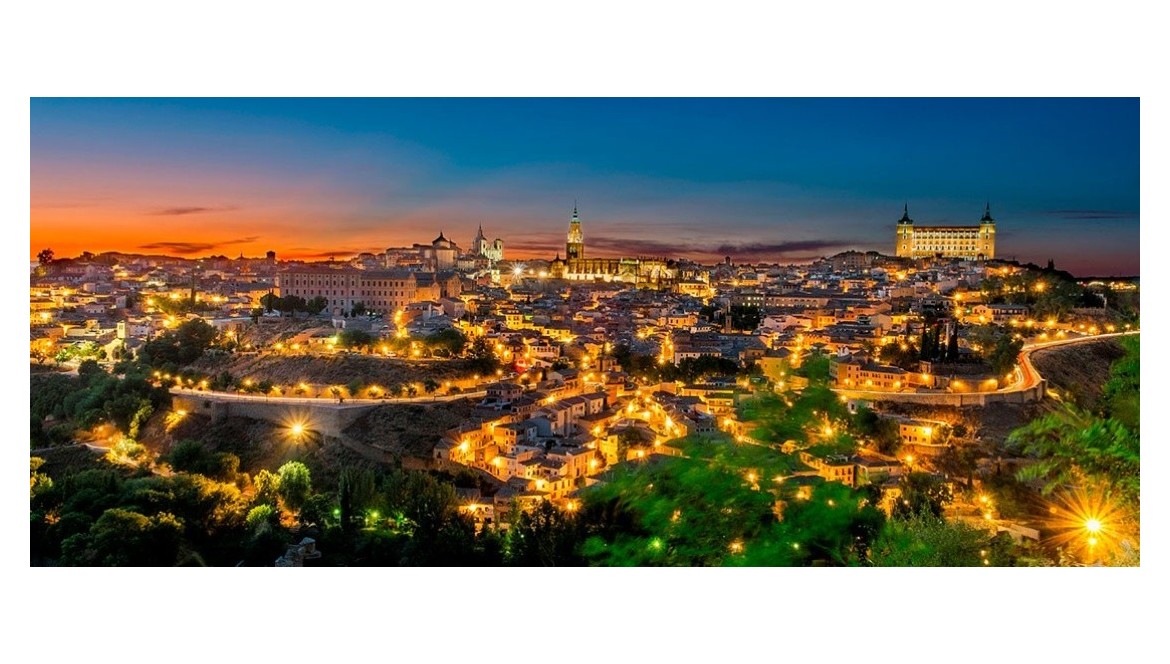
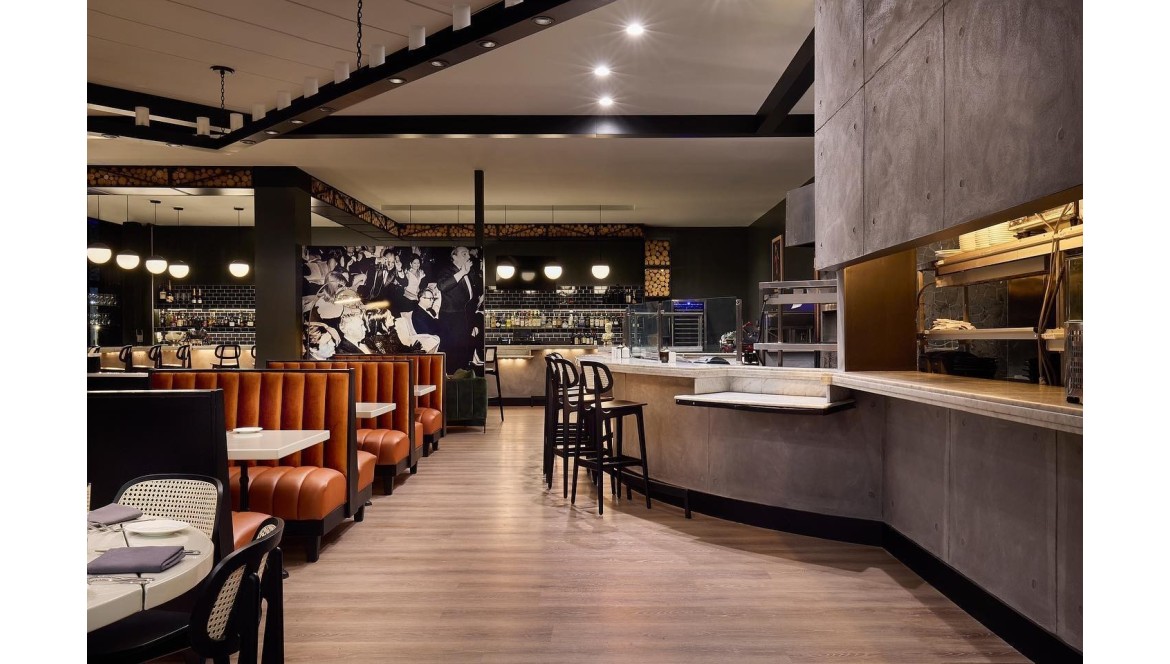
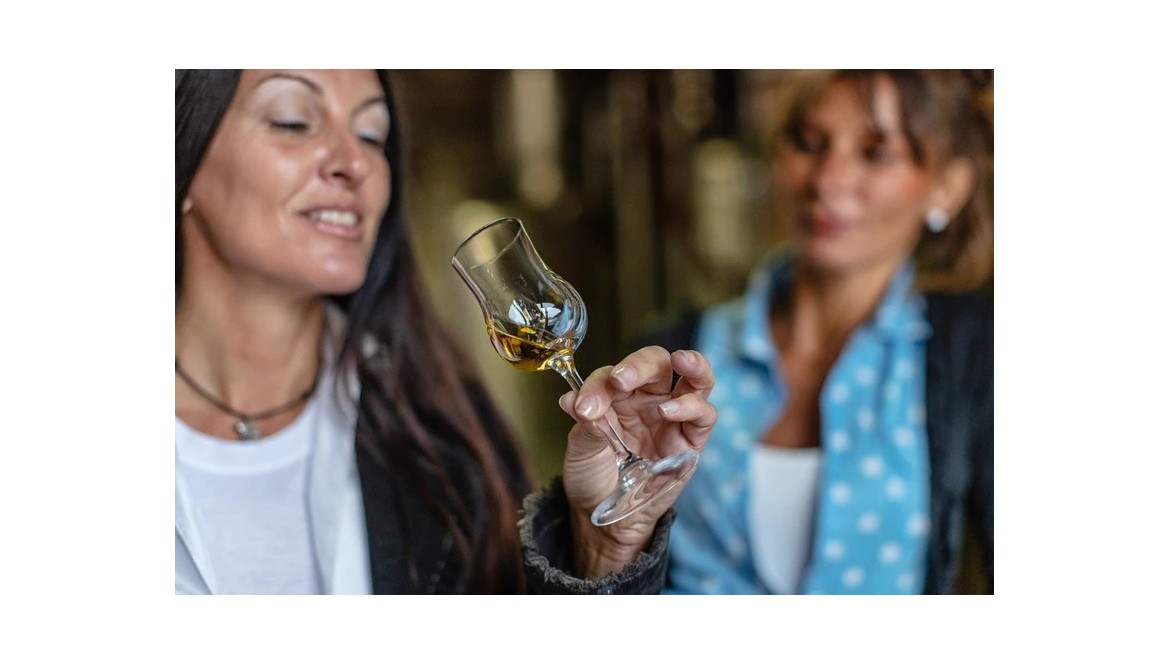
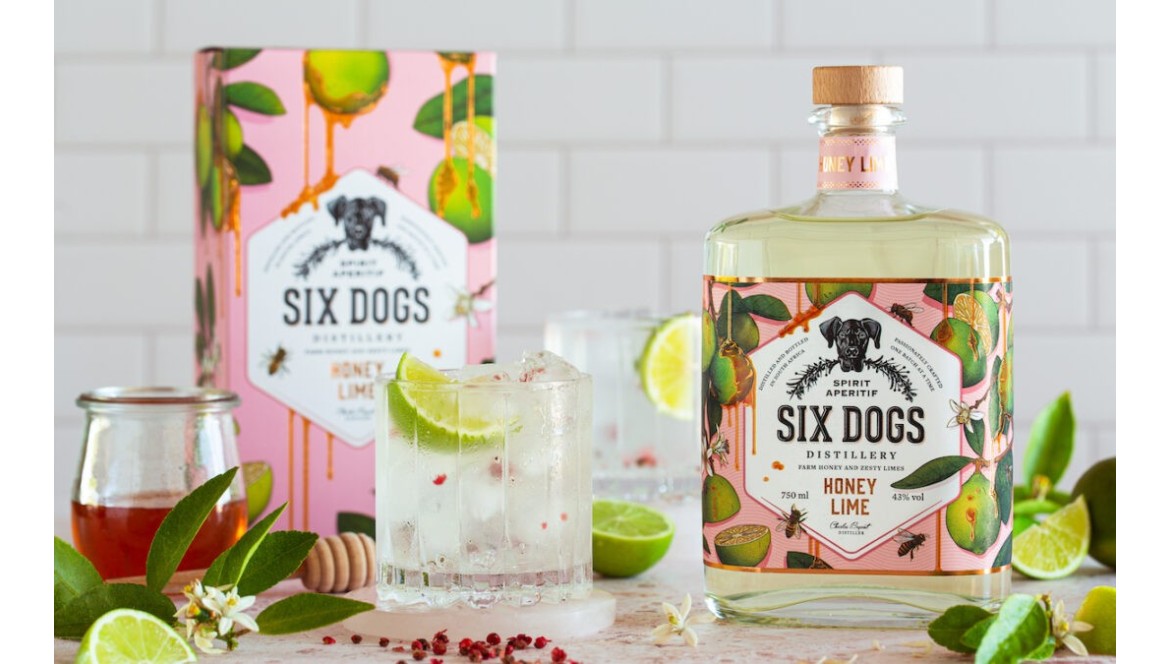
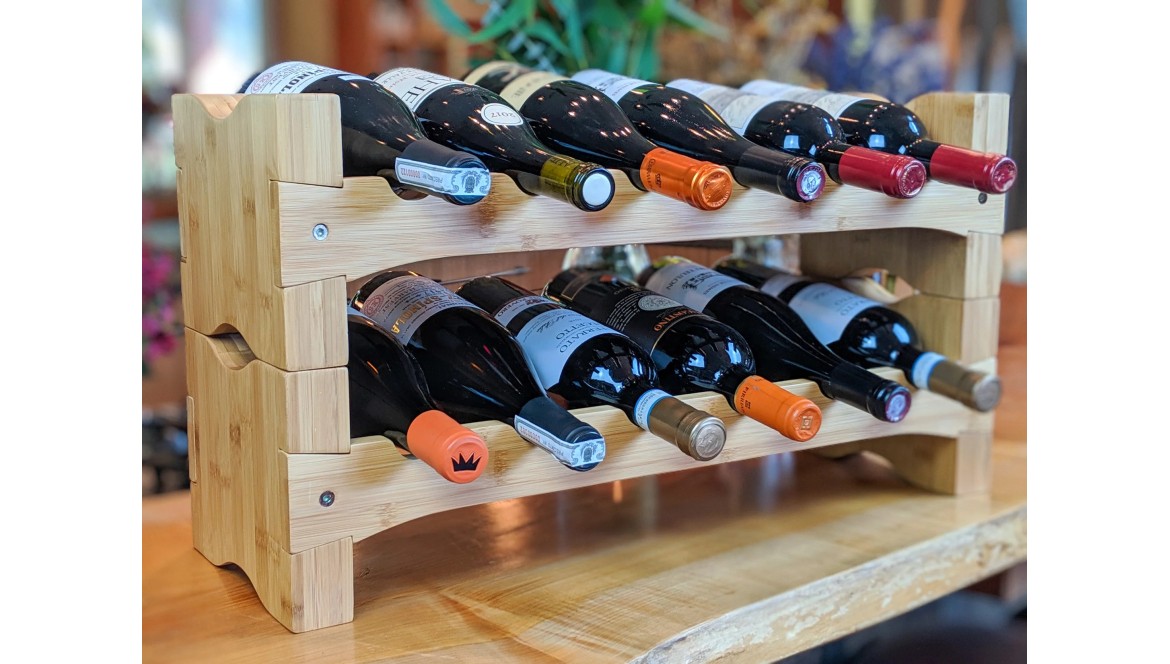


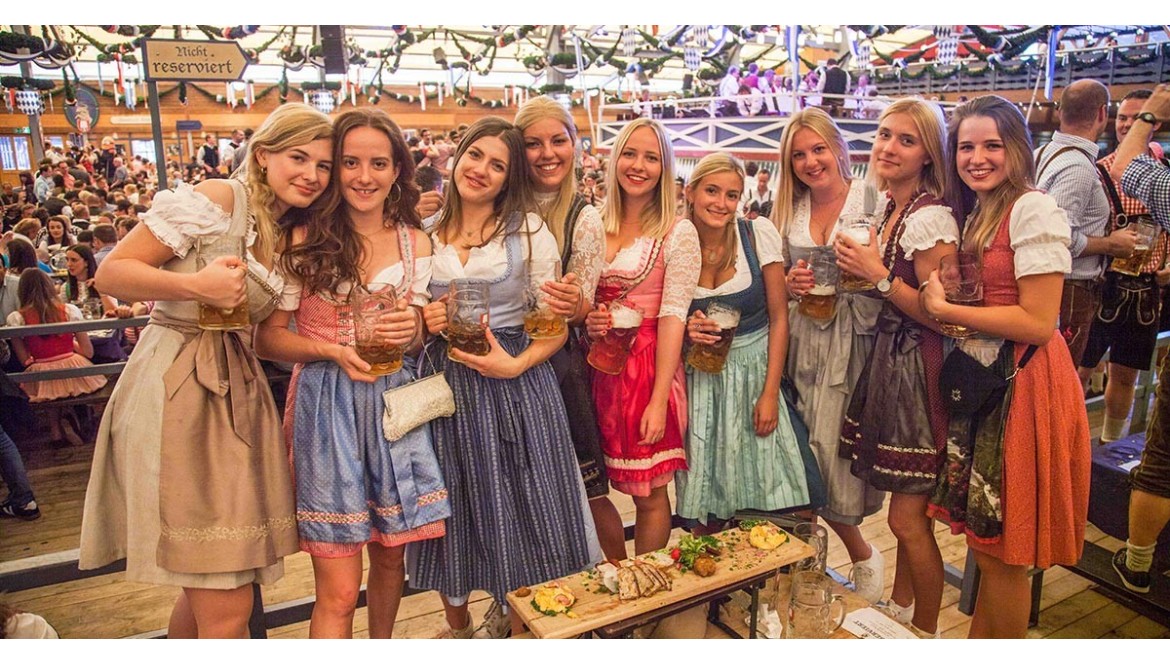
Comments
No comment at this time!
Leave your comment